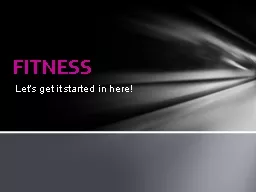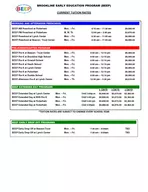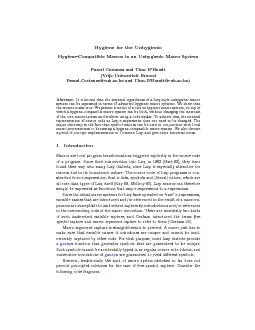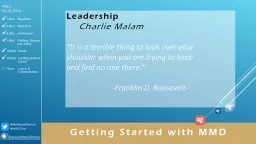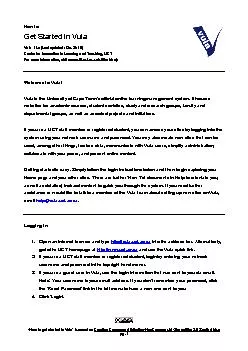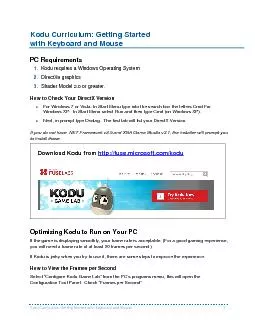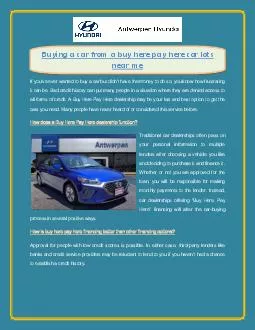PPT-Let’s get it started in here!
Author : gabriella | Published Date : 2022-06-01
FITNESS In his Epic study patients who never smoked were not overweight had at least 30 minutesday of physical activity and adhered to healthy dietary principles
Presentation Embed Code
Download Presentation
Download Presentation The PPT/PDF document "Let’s get it started in here!" is the property of its rightful owner. Permission is granted to download and print the materials on this website for personal, non-commercial use only, and to display it on your personal computer provided you do not modify the materials and that you retain all copyright notices contained in the materials. By downloading content from our website, you accept the terms of this agreement.
Let’s get it started in here!: Transcript
Download Rules Of Document
"Let’s get it started in here!"The content belongs to its owner. You may download and print it for personal use, without modification, and keep all copyright notices. By downloading, you agree to these terms.
Related Documents

